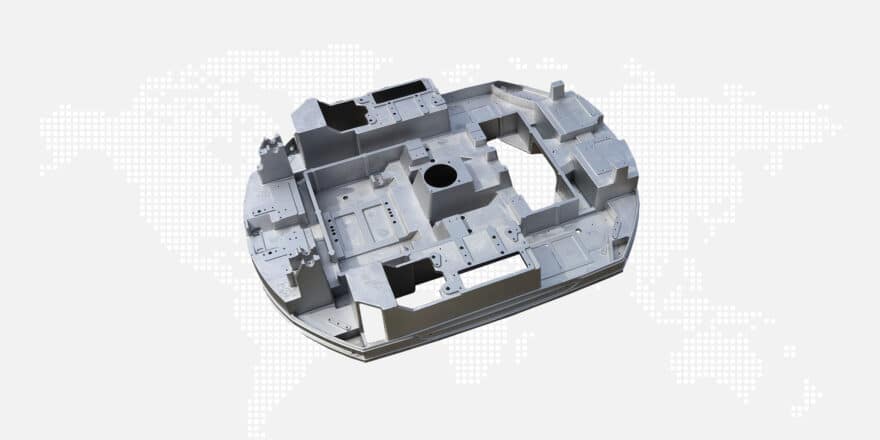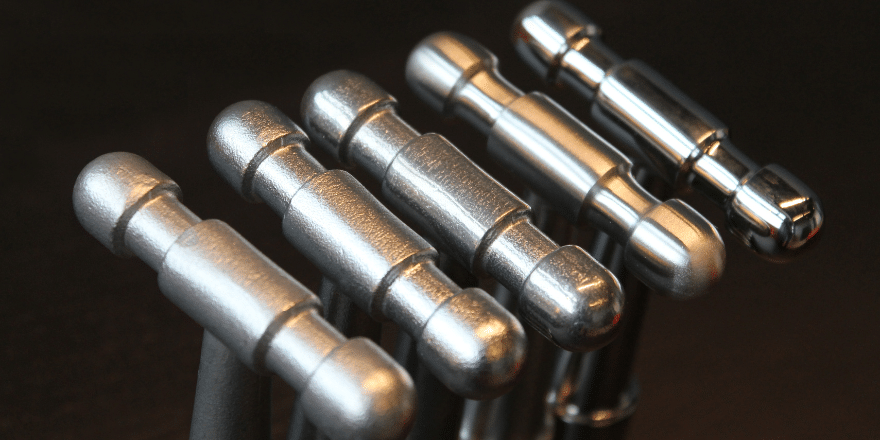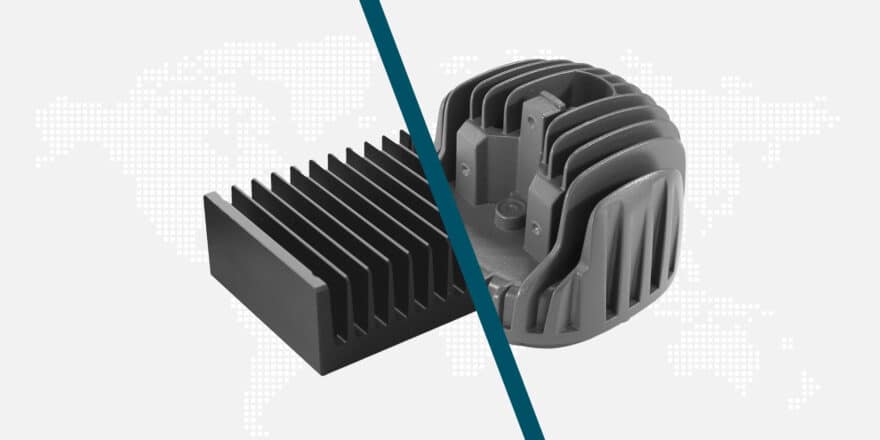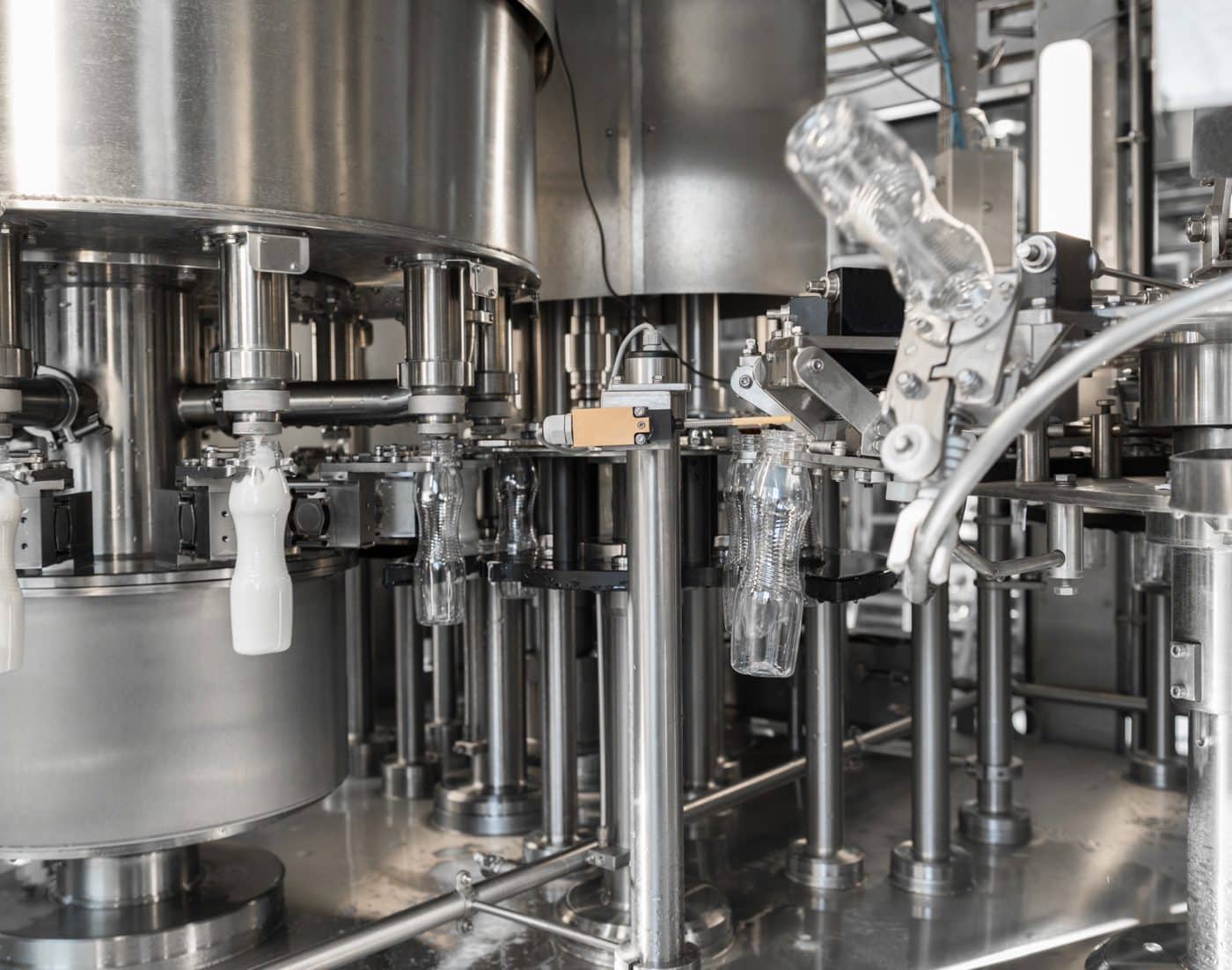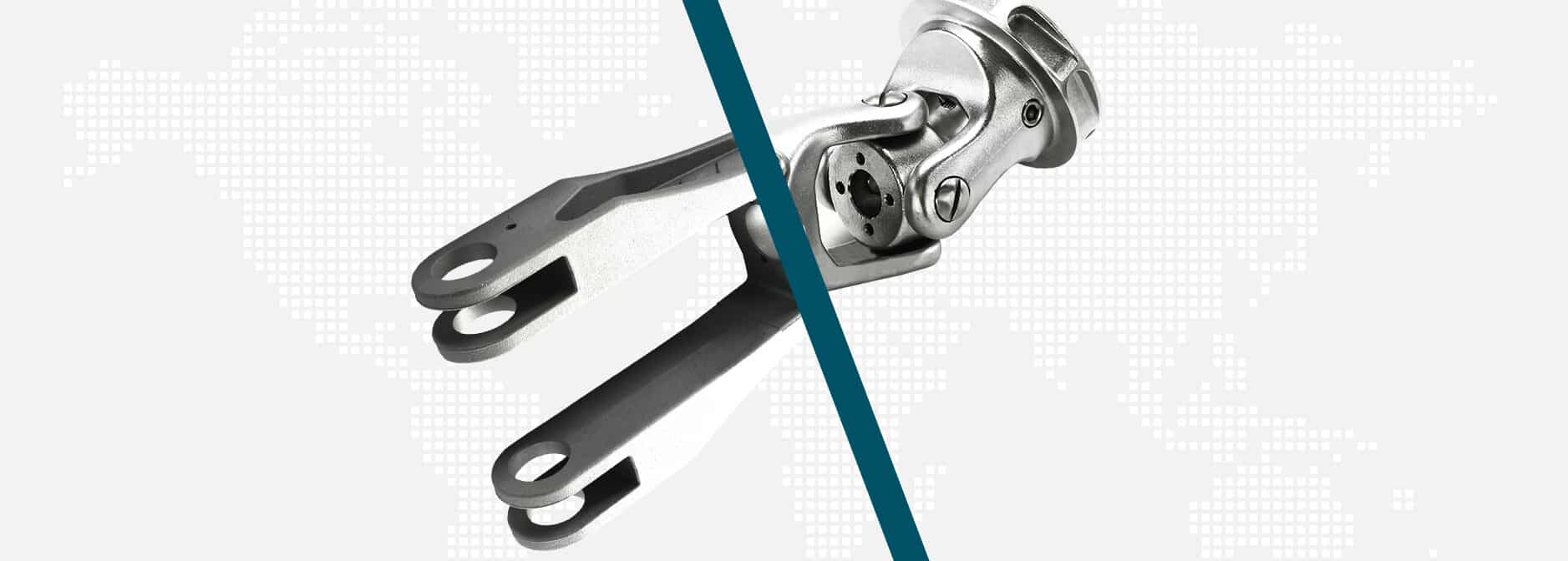
Exploring the differences between investment casting and sand casting
Among metal casting techniques, two popular methods stand out: investment casting and sand casting. Both processes have their unique advantages and applications, making them suitable for different requirements. In this article, we will take a closer look at the differences between investment casting and sand casting, highlighting their key features and benefits. This information will help you determine which method is the best fit for your specific needs.
What is Investment Casting?
Investment casting, also known as lost-wax casting, is a precision casting method that involves creating a detailed wax pattern of the desired part. The wax pattern is then coated with a ceramic slurry and allowed to dry, forming a hard shell around the pattern. The wax is then melted out, leaving a hollow ceramic mould into which molten metal is poured. After cooling, the ceramic shell is broken away, revealing the finished casting.
Advantages of Investment Casting
- High dimensional accuracy and surface finish
- Ability to produce complex geometries and intricate details
- Suitable for casting thin-walled parts
- Excellent reproducibility and consistency
What is Sand Casting?
Sand casting is a versatile and widely used casting method that involves creating a mould by compacting sand around a pattern. The pattern is then removed, leaving a cavity in the sand mould into which molten metal is poured. After the metal solidifies, the sand mould is broken apart, and the casting is removed for further processing.
Advantages of Sand Casting
- Cost-effective for medium and high production volumes
- Suitable for casting large and heavy parts
- Ability to cast a wide range of alloys
- Faster lead times compared to lost-wax castings
Key Differences between Investment Casting and Sand Casting
1. Mold Material
One of the primary differences between lost-wax casting and sand casting lies in the mould material used. Investment casting utilizes a ceramic shell mould, which is created by applying multiple layers of ceramic slurry over a wax pattern. In contrast, sand casting uses a sand mould, typically made from silica sand bonded with clay or resin.
2. Surface Finish and Dimensional Accuracy
Investment casting is known for its superior surface finish and dimensional accuracy compared to sand casting. The ceramic shell mould used in investment casting allows to produce parts with smooth surfaces and tight tolerances. Sand casting, on the other hand, may result in a rougher surface finish and lower dimensional accuracy due to the nature of the sand mould.
Lost-wax casting is the preferred choice when high precision and excellent surface finish are critical requirements.
3. Design Complexity
Investment casting excels in producing parts with complex geometries and intricate details. The use of a wax pattern allows for the creation of thin-walled sections, undercuts, and fine features. Sand casting, while capable of producing complex shapes, may have limitations in terms of wall thickness and intricate details due to the nature of the sand mould.
4. Production Volume and Cost
Sand casting is generally more cost-effective for medium and high production volumes. Investment casting, with its precise ceramic shell moulds, is more suitable for lower volume production and applications where the added cost is justified by the required precision and surface quality.
Choosing the Right Casting Method
When deciding between investment casting and sand casting, several factors should be considered, including:
- Required dimensional accuracy and surface finish
- Complexity of the part geometry
- Production volume and cost constraints
- Material requirements and alloy compatibility
By understanding the differences between investment casting and sand casting, one can make the best decisions and select the most suitable casting method for their specific applications.
Conclusion
Investment casting and sand casting are two distinct metal casting techniques with their own strengths and applications. Lost-wax casting offers superior dimensional accuracy, surface finish, and the ability to produce complex geometries. Sand casting, on the other hand, is cost-effective for higher production volumes and suitable for casting large and heavy parts.
By weighing the differences between investment casting and sand casting, one can optimize their casting designs, achieve desired results, and deliver high-quality components to their customers.
For more detailed information or to discuss which method would be best for your casting needs, please reach out to your ELCEE contact person. We’re here to assist you in navigating the complexities of die casting and ensure you achieve the best results for your projects.


